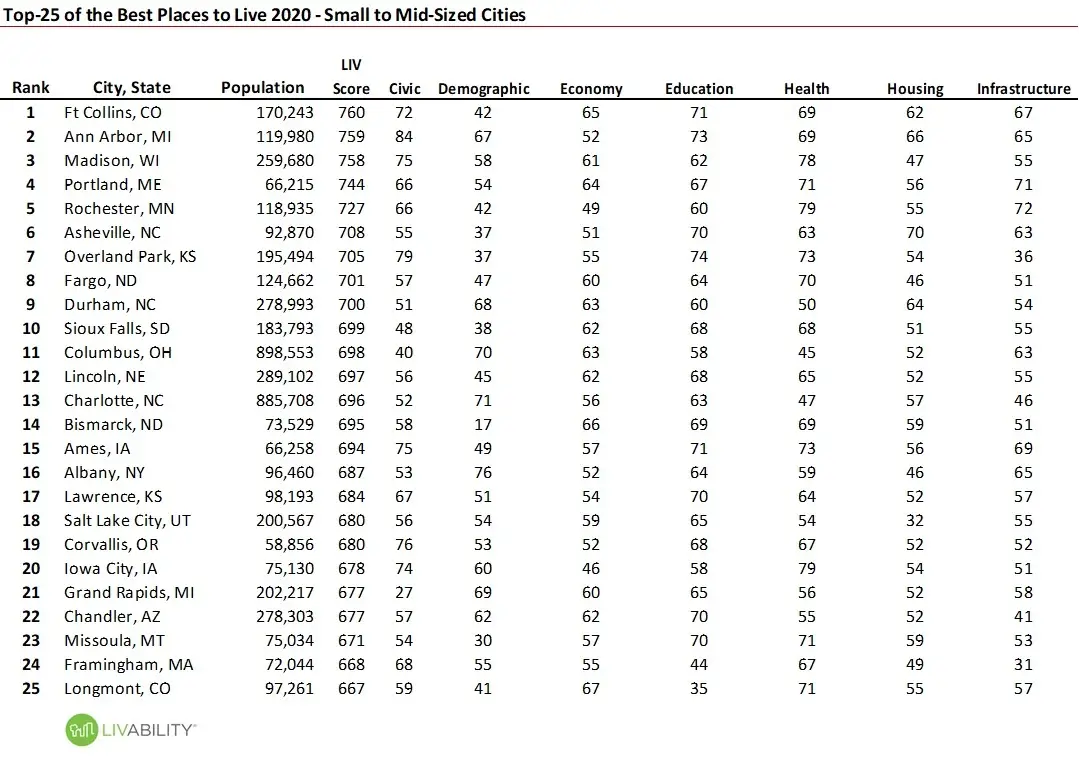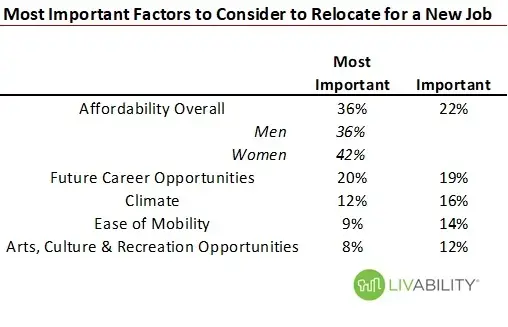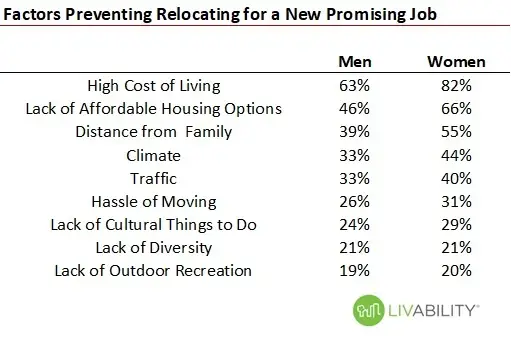25 Best Small-to-Midsized Cities to Live 2020
Imagine a Best Places to Live Survey that was based on the largest economic cohort of the population using the metrics and parameters that matter the most to the people deciding where they will reside? Livability.com’s 2020 Best Places to Live is exactly that and reflects the impact of the pandemic and changes to people’s expectations and lifestyles.
First, Livability partnered with Ipsos (a global market research firm) and surveyed 1,000+ Millennials aged 20 to 35 regarding the characteristics of livability they most value in where they currently reside and in future communities. Millennials will have the most combined spending power of any generation in U.S. history according to Forbes. Livability based their 2020 study on small to midsized towns and cities ranging from 20,000 to 1 million, a range more desirable today than just one year ago today given the pandemic as people look to escape or avoid heaviers populated or dense living environments.
The proprietary LIVScore was calculated for each and city using 40+ data points grouped into major eight categories:
- Amenities
- Demographics
- Education
- Economy
- Health Care
- Housing
- Social and Civic Capital
- Transportation & Infrastructure
Results of the top-25 (out of the best 100) are shown in the following table. Many of these are major college and university towns (as are many of the top-100). Universities provide a charged-atmosphere of lifestyle and the businesses that provide those services.

The Ipsos study on Millennials found the following factors ranking as MOST IMPORTANT or IMPORTANT regarding factors leading their decision where to relocate besides a job opportunity as shown in the following table. Affordability was key, and even more so among women. Within the Ipsos survey, 30 percent of those from households earning less than$50,000 per year considered a monthly rent or mortgage payment of $600 (or less) affordable, with 40 percent in the same income tax bracket naming $900 or less per month affordable.

As insightful as the key factors of attraction to cities among Millennials, likewise are those factors that may prevent them from relocating to a specific town or city. The next table shows the Turn-Off factors broken out between men and women. A high-cost of living is number one, but again even greater among women. Mobility includes commutes, airports, accessibility, walkability and bike friendliness. Cultural things includes art scene, museums, food and festivals.

To access the Ipsos-Livability survey of Millennials click https://web.archive.org/web/20190331191307/https://livability.com/sites/default/files/2018-10/Livability%20Trend%20Report%20Millennials.pdf
To read the full Livability study and view the top 100 ranking towns and cities in 2020 click https://livability.com/list/top-100-best-places-to-live/2020/10
Not only has the pandemic altered people’s list of priorities and desires, it has shown them that issues that seemed as constraints are no longer restrictions or barriers. Who imagined just eight months ago that so many jobs that required on-site presence are completed successfully, not just from a work-from-home basis, but in a work-from-anywhere landscape. Change continues to occur, but at an accelerating rate.
Ted
